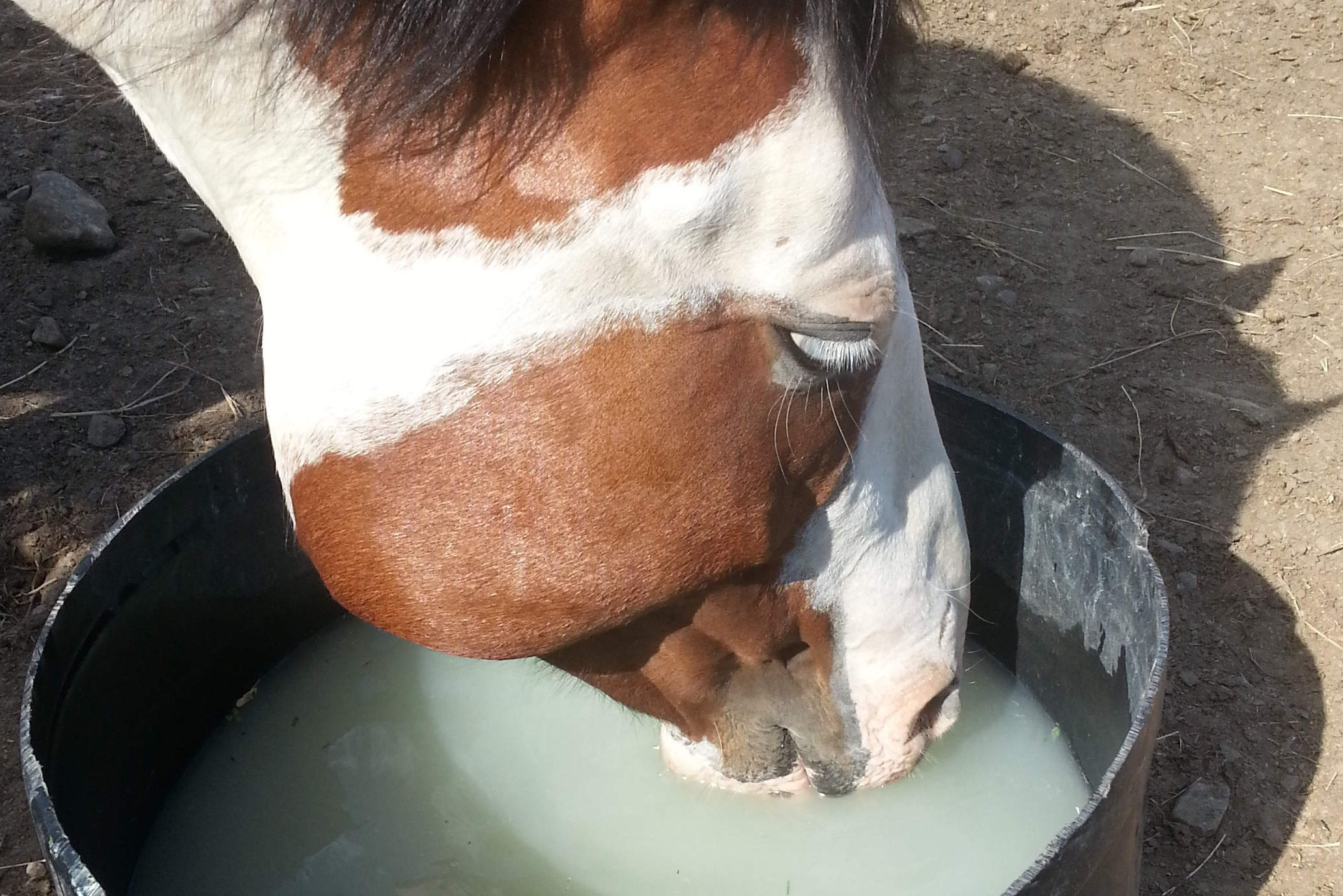Clay can be of different colors depending on its origin. The most used in equine care and animal care in general are Illite and Montmorillonite green clays. Green clay is the most versatile. It is healing, antibacterial, antifungal, hemostatic and antiseptic for external use and remineralizing, stimulating the body's immune defenses, regulating pH and promoting the elimination of toxins for internal use orally.
Clay applications can be used for FIRST AID, prevention or treatment.
In case of injuries, don't hesitate to apply clay to stop bleeding. Take clay with you on hikes. Plus, you'll have your bandage already applied, allowing you to get to a place where you can provide further care according to your knowledge or call a veterinarian if necessary and available.
Clay can thus act as a preventative measure to refresh and relax the knees, tendons, fetlocks, back, shoulders, and other areas of horses after work. It can also be used to promote the healing of sprains or after intense muscular effort to help the horse recover and relieve congestion in its limbs.
Less commonly used in this form, clay can also be administered orally for internal use, diluted in water, added to moistened feed or sprinkled on moistened hay. It regulates pH, stimulates the body's defenses and regenerates cells. It is also an excellent antidiarrheal for foals or young mammals.
Clay is known to eliminate flatulence, combat gastrointestinal disorders by forming a bandage, and soothe the gastric and intestinal mucous membranes. If in doubt, consult a professional for advice. Follow the instructions for use.
Although there are no known contraindications, avoid and/or be careful with horses that tend to have compaction colic and broodmares.
To properly prepare and use clay, it is necessary to:
- Avoid metal bowls and spoons, which neutralize the properties of the clay, and prefer wooden or plastic bowls.
- Mix the clay with a little water to obtain a lump-free paste, not too thick to be able to spread it and not too liquid so that it sticks.
- Once the dough is prepared, let it rest for a few hours before using it if possible.
- Excess prepared and unused clay should be stored in an airtight container to prevent it from drying out and absorbing surrounding odors.
- The first layer of clay should be applied in the opposite direction of the hair to adhere, then in a thick layer in the direction of the hair
- Clay stops working when it dries out.
- It is no longer recommended to keep the moisture in with plastic wrap because it prevents the skin from breathing and can keep the heat in too much. However, you can cover the clay with paper towels or newspaper before applying the bandage (if there is one).
- Clay is for single use only and should never be reused for further use.
Any contraindications?
No contraindications known to date.
Another limitation of clay is that you need to allow enough time to remove the poultice; the most effective option is to apply the layer for a sufficient amount of time. Furthermore, allergies to clay, while possible, are very, very rare.

